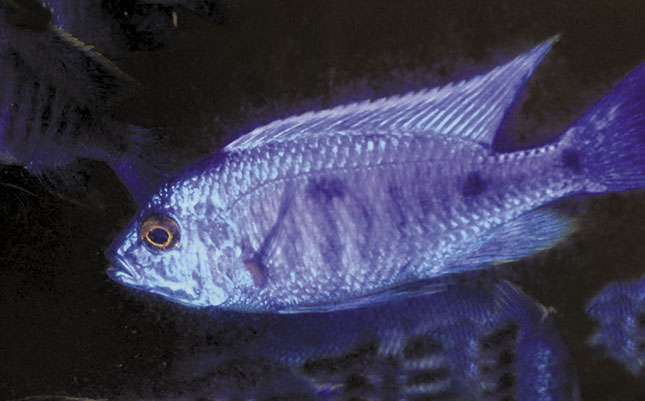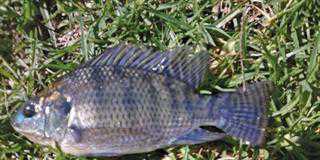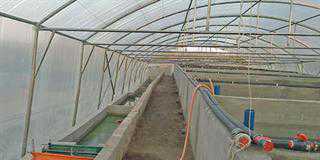
The vast majority of ornamental fish sold in SA pet shops are imported. Freshwater species come from the Far East, as well as Israel and Eastern Europe. Marine species originate from East Africa and the Far East. The breeding of freshwater ornamentals is usually a family-scale business, and there is little that is high-tech about it. Small-scale aquaculture systems are ideal for growing ornamentals.
In the East, and under tropical conditions, these systems may be as simple as small earth ponds, often fertilised to make the water green. The water is stagnant and by the standards of some people would be classed as ’pea-soup’! Yet, from these apparently unsophisticated systems come the most beautiful fish in terms of quality: healthy and vibrant with bright colours, and long fins. In other words, just what is wanted in the trade.
By contrast, most species of fish from ultra-clean, filtered indoor systems, under artificial lighting are pale-coloured, undernourished and weak. I have seen fish that come from indoor systems where everything is controlled: temperature, water quality chemistry, feeding and stocking rate.
With the exception of specialist species such as Discus, these systems produce fish that are invariably inferior in quality than those from more natural systems. Most ornamentals, with the exception of the cold-water species such as koi and goldfish, are tropical. This means that to thrive and breed they need water temperatures within the range of 25°C to 30°C.
Alkaline vs acidic water
Water chemistry, in terms of pH, alkalinity, hardness and oxygen content, is a function of species’ preference. Some species, such as the Rift Valley cichlids, do best in hard, alkaline water. Other, like the numerous fish from the Amazon River basin, prefer soft, acidic water.
With the exception of temperature, these parameters are relatively easy to adjust in a simple system; no expensive equipment is required. In my experience (and that of most overseas breeders) koi and goldfish do far better in earth ponds than in tanks made of fibreglass, plastic or concrete. This makes sense considering their feeding methods, which involve grubbing around in the substrate for invertebrates.
Temperature is best controlled by using hot-house tunnels. If well-designed with adequate filtration and suitable grow-out tanks, a small system in a 20m greenhouse can produce significant quantities of ornamental fish.
Only the best
Situated on a peri-urban smallholding, such a unit can supply nearby retail shops with high-quality fish without the costs of international transport, customs clearance, and the stress to the fish associated with being in the packaging for up to 36 hours. However, the fish offered to the trade must be of comparative or better quality than the imported stock. I have seen too many backyard systems offering fish to the trade that simply do not compare in quality.
Fish shops also need a regular and reliable supply they can call on whenever they need to restock their tanks. A supplier who cannot offer this will be bypassed in favour of the imported stock from local wholesalers.
Nicholas James is an ichthyologist and hatchery owner.













